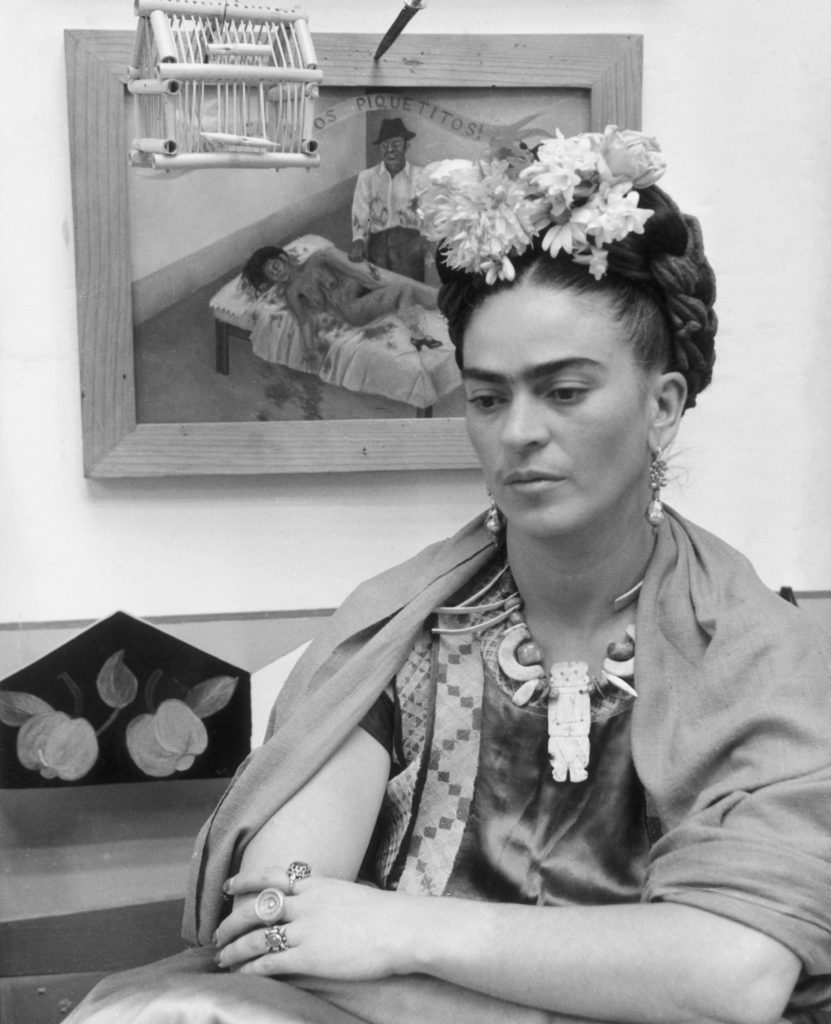
Style Icon of the West: Frida Kahlo
An inspiration to women everywhere and a key figure in shaping Mexico’s post-colonial identity, Frida Kahlo possessed a fashion sense as striking as her painted imagery
Sepia photos Michael Ochs Archives/Stringer/Getty 1940; black and white Hulton Archive/Stringer/Getty 1950
Who She Was

Born on the outskirts of Mexico City in 1907 to a German father and a mother of mixed Spanish and Indigenous descent, Magdalena Carmen Frida Kahlo y Calderón was best known in her own lifetime for being Diego Rivera’s husband. In the last few decades, though, the times have caught up to her work. Her paintings, which were executed in a seemingly unsophisticated folk-art style and draped in surrealist whimsy, are now seen as subversive statements on Mexican identity, class, and gender that are every bit as significant as those of her spotlight-loving spouse. Interestingly, art was not Kahlo’s first choice of profession; until the age of 18 she wanted to be a doctor. A bus accident that year nearly killed her and put an end to her formal schooling; drawing and painting were a childhood interest she returned to while recuperating. Themes of suffering were central to much of her work, but messages of pride and perseverance are there, too, making her a patron saint claimed by feminists, the Latinx community, Indigenous Americans, and her many LGBT fans. She died in 1954 at the age of 47, having never fully recovered from the accident she had as a teenager.
